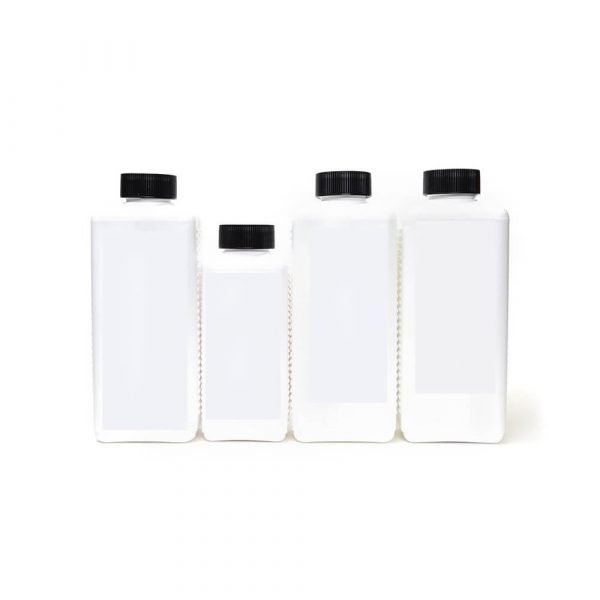
Stabilizer: This is the easy one since it can be at room temperature. The developer is the most critical, temperature-wise, so I do that last so when all the chemicals are mixed I can start developing my rolls without fear that the temperature has dropped too much.

I also mix my chemicals completely backwards I start with the stabilizer, then do the blix, and finally developer.
#C 41 developer kit how to
The instructions linked don’t have the correct times for manual developing, but gives you an idea how to edit the settings.īefore mixing my chemicals, I mark all my bottles and caps with a D, B, or S (developer, blix, stabilizer) so that the caps will never cross-contaminate the bottles. This app doesn’t have a C-41 setting, but I found a way to hack one.


If you’re looking for more detailed instructions on developing your own color film, come join us at Shoot It With Film Insiders! We have a whole class devoted to developing color film with a video walkthrough and resources to help you out. So please read this article with the idea that you, too, can develop color film at home! The investment to do this is relatively minimal, will pay for itself before you know it, and the developing process is so much easier than you might think. Once you get your film in the tank in your changing bag, it is light tight and can be worked with in daylight. It’s so important that it deserves its own preface! If you click on a link and make a purchase, Shoot It With Film may receive a small commission at no additional cost to you.Īfter writing this article, I realized I forgot the most important piece.


 0 kommentar(er)
0 kommentar(er)
